The Circle’s Anatomy: A Closer Look at the Parts of a Circle
Hello, math enthusiasts!
[include_netrun_products_block from-products="product/6-south-carolina-sc-ready-grade-3-math-practice-tests/" product-list-class="bundle-products float-left" product-item-class="float-left" product-item-image-container-class="p-0 float-left" product-item-image-container-size="col-2" product-item-image-container-custom-style="" product-item-container-size="" product-item-add-to-cart-class="btn-accent btn-purchase-ajax" product-item-button-custom-url="{url}/?ajax-add-to-cart={id}" product-item-button-custom-url-if-not-salable="{productUrl} product-item-container-class="" product-item-element-order="image,title,purchase,price" product-item-title-size="" product-item-title-wrapper-size="col-10" product-item-title-tag="h3" product-item-title-class="mt-0" product-item-title-wrapper-class="float-left pr-0" product-item-price-size="" product-item-purchase-size="" product-item-purchase-wrapper-size="" product-item-price-wrapper-class="pr-0 float-left" product-item-price-wrapper-size="col-10" product-item-read-more-text="" product-item-add-to-cart-text="" product-item-add-to-cart-custom-attribute="title='Purchase this book with single click'" product-item-thumbnail-size="290-380" show-details="false" show-excerpt="false" paginate="false" lazy-load="true"]Circles are fascinating, aren’t they? They’re all around us, from the shape of the sun and the moon to the wheels of our cars. But have you ever stopped to think about the different parts that make up a circle? Today, we’re doing just that!
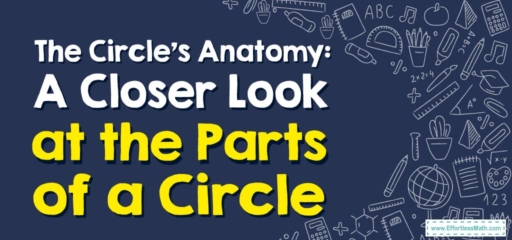
1. Understanding Circles
A circle is a shape where all points are equidistant from a fixed center point. This simple definition results in a variety of unique parts and properties.
2. Identifying Parts of a Circle
The circle consists of several key parts, including the radius, diameter, circumference, sector, arc, and chord.
Step-By-Step Guide to Identifying Parts of a Circle
Let’s take a closer look at each part:
Step 1: Spot the Radius
The radius of a circle is a line segment from the center of the circle to any point on the circle. It’s the ‘distance’ we referred to in our definition of a circle!
Step 2: Find the Diameter
The diameter is a line segment passing through the center of the circle, with its endpoints lying on the circle. It’s twice the length of the radius.
Step 3: Trace the Circumference
The circumference is the distance around the edge or boundary of the circle. It’s the ‘perimeter’ of the circle and equals approximately \(3.14\ (π)\) times the diameter.
Step 4: Identify the Sector
A sector is a ‘slice’ of the circle, bound by two radii and the arc between them. Think of it like a piece of pie!
Step 5: Locate the Arc
An arc is a part of the circumference of the circle. It’s the ‘crust’ of our pie slice (the sector).
Step 6: Draw the Chord
A chord is a line segment that connects two points on the circle but does not pass through the center. The diameter is a special type of chord that passes through the center of the circle.
Understanding these parts of a circle will set the foundation for more advanced geometry and trigonometry problems.
As always, keep practicing, keep exploring, and enjoy your mathematical journey!
In this blog post, we’ve explained how to identify the different parts of a circle and provided a step-by-step guide to make this task easy and fun. With practice, you’ll master this foundational geometric skill in no time. Happy learning!
Related to This Article
More math articles
- FREE 7th Grade Georgia Milestones Assessment System Math Practice Test
- Algebra Puzzle – Challenge 49
- The Ultimate SHSAT Math Formula Cheat Sheet
- Different Question Types on the ACT Math Test
- ASVAB Math: Complete Guide and Study Tips
- Is a Calculator Allowed on the CBEST Test?
- Number Properties Puzzle – Challenge 3
- How to Determine if (X, Y) is a Solution to a System of Equations
- How to Prepare for the PSAT Math Test?
- 5th Grade MAP Math Worksheets: FREE & Printable
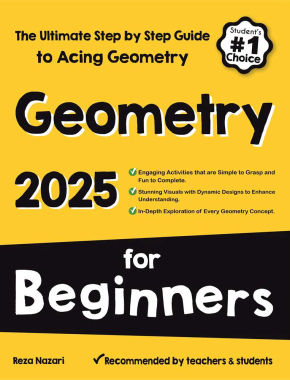
















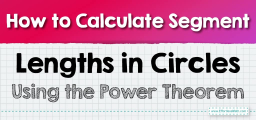
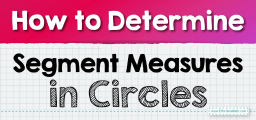
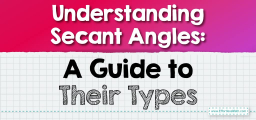


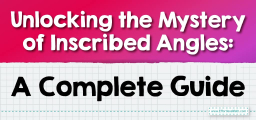

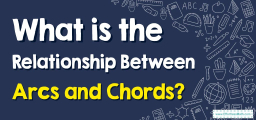
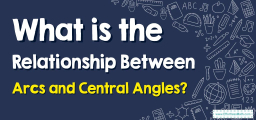

What people say about "The Circle’s Anatomy: A Closer Look at the Parts of a Circle - Effortless Math: We Help Students Learn to LOVE Mathematics"?
No one replied yet.